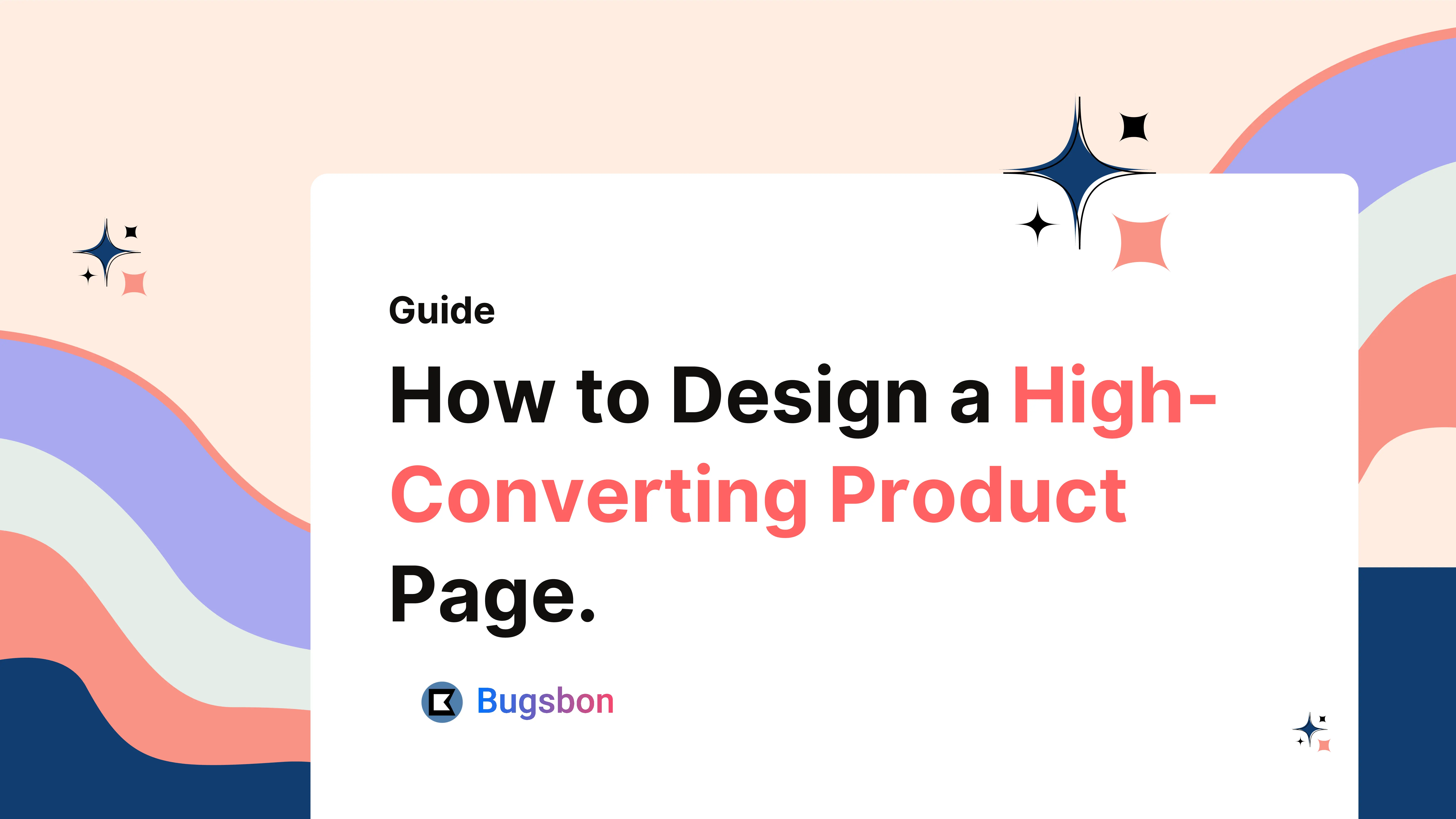1. IntroductionIn the previous blog, we covered which platform is best, how to start an e-commerce business, common mistakes to avoid, and other essentials. Now we’ll learn about the next step: how to design a high-converting product page. Creating a page isn’t enough—if it doesn’t convert visitors into leads or sales, it fails. We must make it proper and attractive so that users want to buy.
When designing anything, I’ve learned one thing: think about the psychology of the person or country—what they believe, what they like, and their behavior. Every country has different mindsets. So when you create a product page or design, you must know why and for whom you’re creating it.
In the e-commerce market, people buy clothes and accessories more due to population demand—these are daily needs. That’s why 80–90% of the e-commerce boom comes from clothing and accessories. For example, in India, most people buy clothes and accessories daily. Amazon makes buying easy; since 2019, e-commerce has sped up in India. Therefore, your product design should be useful for every user if you want a high-converting product page. SEO and digital marketing are vital—if you want to learn more, check out our previous blogs.
2. Understand Your Target Audience
After SEO and a responsive UI, you must target and manage customers. It’s crucial to track user behavior—age, choices, and reasons they bounce without purchasing—and understand why. This helps improve or create a high-conversion product page.
When users open your platform, they might face problems like slow UI rendering, large images, glitches, or irrelevant data. These confuse users and cause a bounce—that’s a big drawback. Show only necessary content and maintain a better UI.
Keep everything simple, clean, and purposeful. If users can’t understand or recognize an element, they’ll leave.
3. Clear and Compelling Product Title
As discussed, your title should align with country psychology and user habits. You can’t please everyone, but you can create titles that hit most users.
Keep it concise yet descriptive. For example, "Samsung Galaxy with 128 GB" is clear and direct, giving users exactly what they need to know.
Include relevant keywords (SEO benefit): Keywords are crucial for ranking—research volume, competition, and use tools like Google Keyword Planner. Use keywords naturally in the title and description; avoid keyword stuffing that bots might flag. Learn more in our keyword research blog. You can also track link analytics with our Blink tool for future e-commerce performance insights.
4. High-Quality Product Images and Videos
Images must be lightweight yet high-resolution. Use formats like WebP for clarity, low loading time, and low memory usage. If you want professional shoots, our digital marketing team can help.
Use multiple angles and zoom features:
Provide various product views and zoom capability so users can analyze details.
5. Include lifestyle and in-use photos:
Show the product in daily life and different variants (color, size) with thumbnails. Add a short demo video explaining its use, especially for unfamiliar products.
Persuasive Product Description
Include every small detail—model number, fabric, purpose—and use keywords smartly. Write in bullets or ordered lists.
Highlight benefits over features:
Explain why it’s helpful, for example, targeting young Indian users (age 20–36) who shop daily online in cities like Indore, Mumbai, Delhi, and Bangalore. Present clear benefits so users can decide easily.
Use bullet points for readability and avoid negative phrasing.
Include technical details for electronics; add short explanatory videos if needed.
6. Social Proof and Reviews
In India, users check reviews, ratings, and real photos/videos before purchasing.
Display user ratings and reviews:
Place feedback below the product.
Include UGC (user-generated content):
Show review photos, videos, and customer uploads.
Use trust badges or expert endorsements:
Add badges like “Verified Product” so users know your site is trustworthy.
7. Strong Call-to-Action (CTA)
Add clear CTA buttons to drive leads or inquiries.
Use contrasting colors:
Attractive, attention-grabbing visuals matter, but keep cultural and psychological preferences in mind.
Use clear, action-oriented language:
“Add to Cart,” “Buy Now.” It directly prompts them to act.
Place above the fold and repeat near the bottom.
8. Clean, Mobile‑Friendly Design
We’ve discussed UI in previous blogs. Now apply it: clean interface, responsive design across mobile, tablets, and desktops. Mobile-first is crucial (Google ranks mobile-first).
Fast loading speed:
Use next-gen formats, avoid large files, and minimize third-party libraries, unused JS/CSS, and images.
Easy navigation and readable fonts:
Smooth redirects, modern fonts, and clear labels—so users can interact and read easily. We can help you with that.
9. Urgency and Scarcity Elements
These encourage purchase decisions.
- Show low stock indicators:
- “Only 3 items left—hurry!”
- Use countdown timers:
- Create a sense of urgency.
- Highlight limited-time deals:
This boosts leads and conversions.
10. Easy Return Policy and Guarantee
Policies build trust. Make them visible and easy to understand.
Use trust-building language like:
“Risk-Free Trial,” “30‑Day Money‑Back Guarantee.”
11. SEO Optimization
We’ve emphasized that SEO is mandatory to rank in India or globally.
Use product-focused keywords:
Pick evergreen or long-tail keywords for the title, description, meta tags, and image alt text.
Optimize meta title, description, and alt tags:
Align with keyword volume and ranking.
Use schema markup for rich results:
This enhances search visibility. We’ll explain schema in future blogs.
12. Track & A/B Test for Continuous Improvement
After launch, test and analyze.
Use heatmaps and free tools (and our Blink tool) to check analytics per product.
Test CTAs, images, and layout.
Monitor bounce rate and conversion rate regularly.
Bounce rate means users leave quickly due to UI issues or unclear content, so always improve.
13. Conclusion
- Ensure good UI with no glitches.
- Make content easily readable.
- Use clear images and videos.
- Optimize loading speed
- Understand user psychology
- SEO‑optimized title and description
- Strong CTA
- Use offers and timers.
- Continuous testing
- Mobile-first design
- Clear policies

